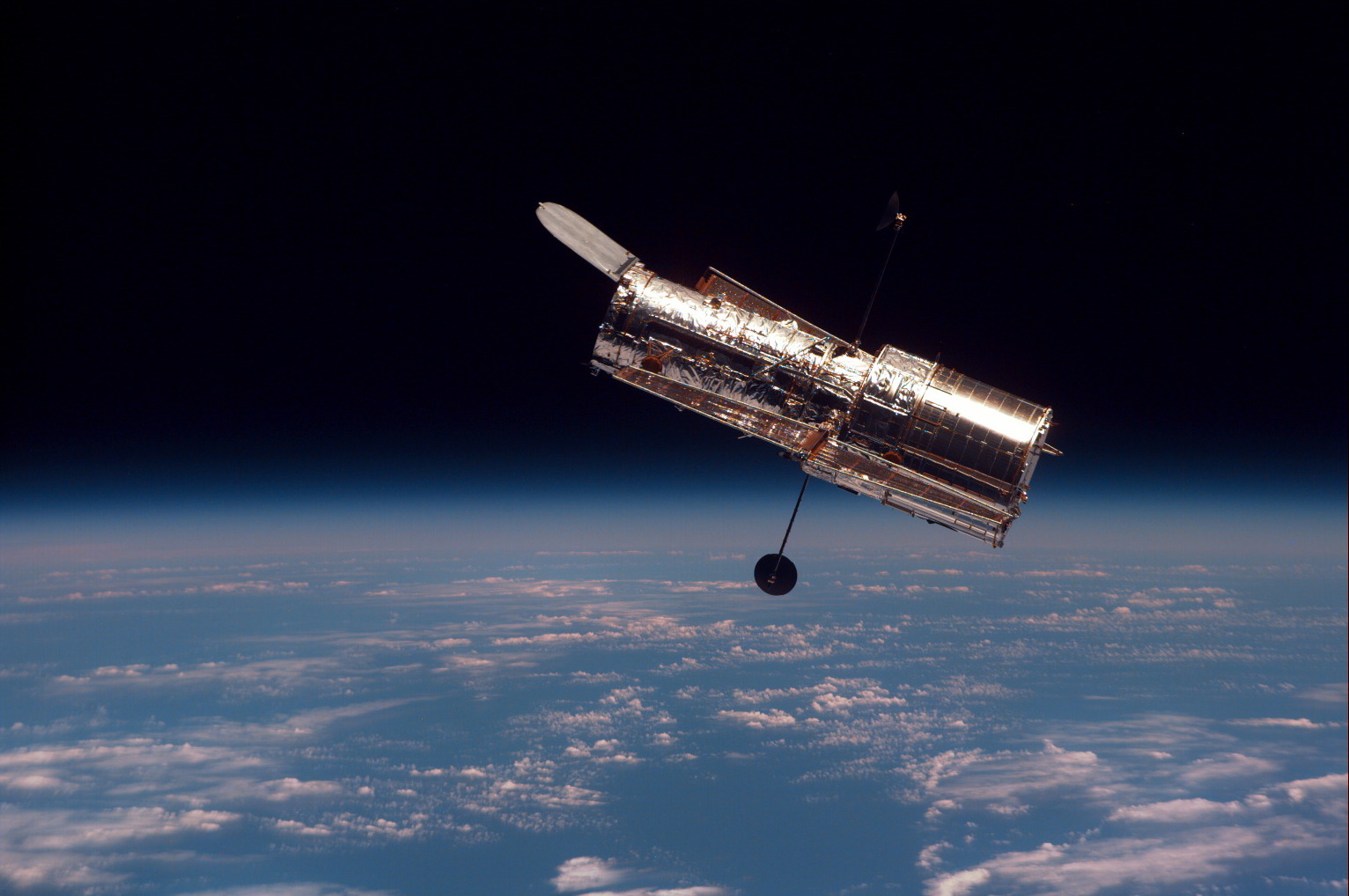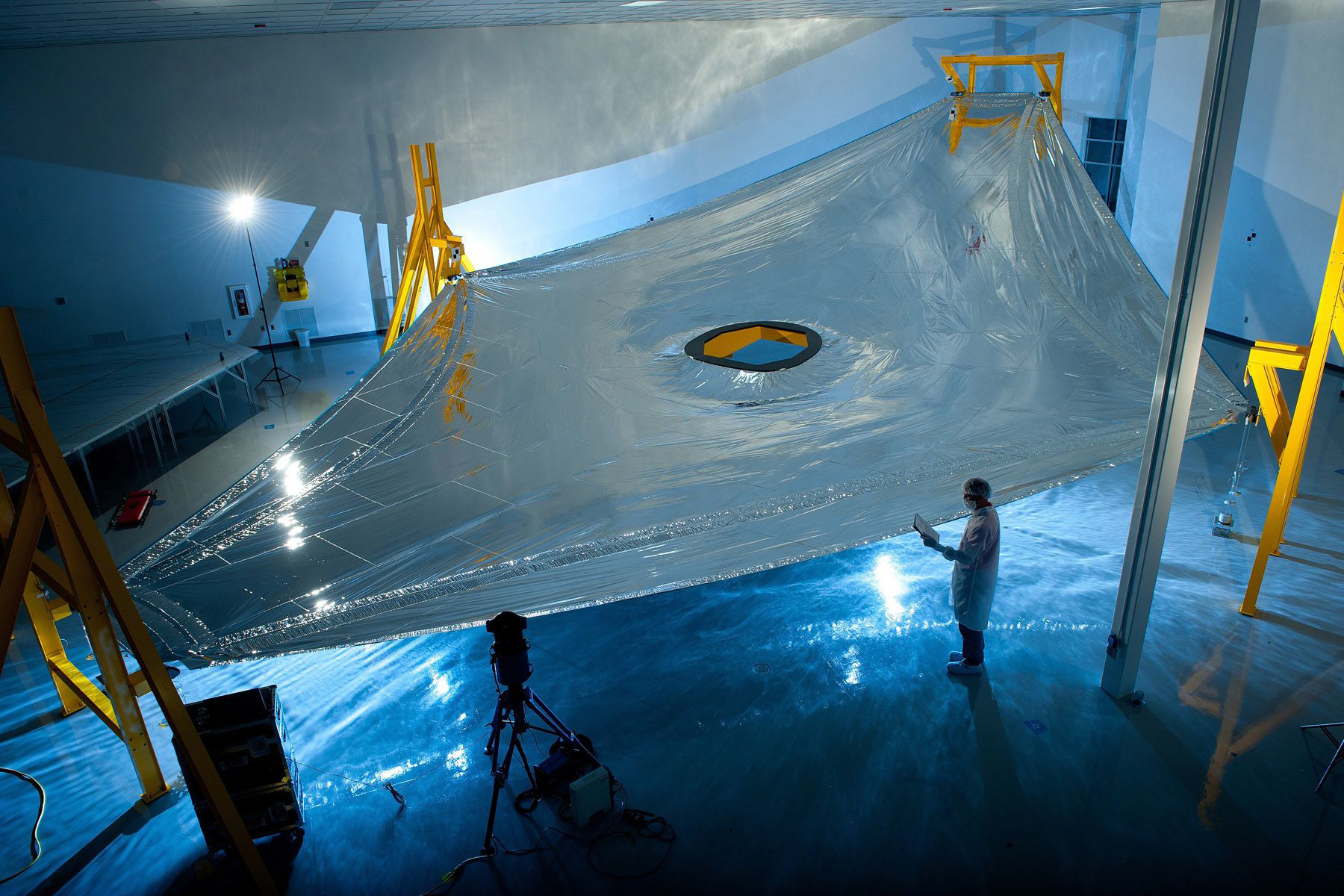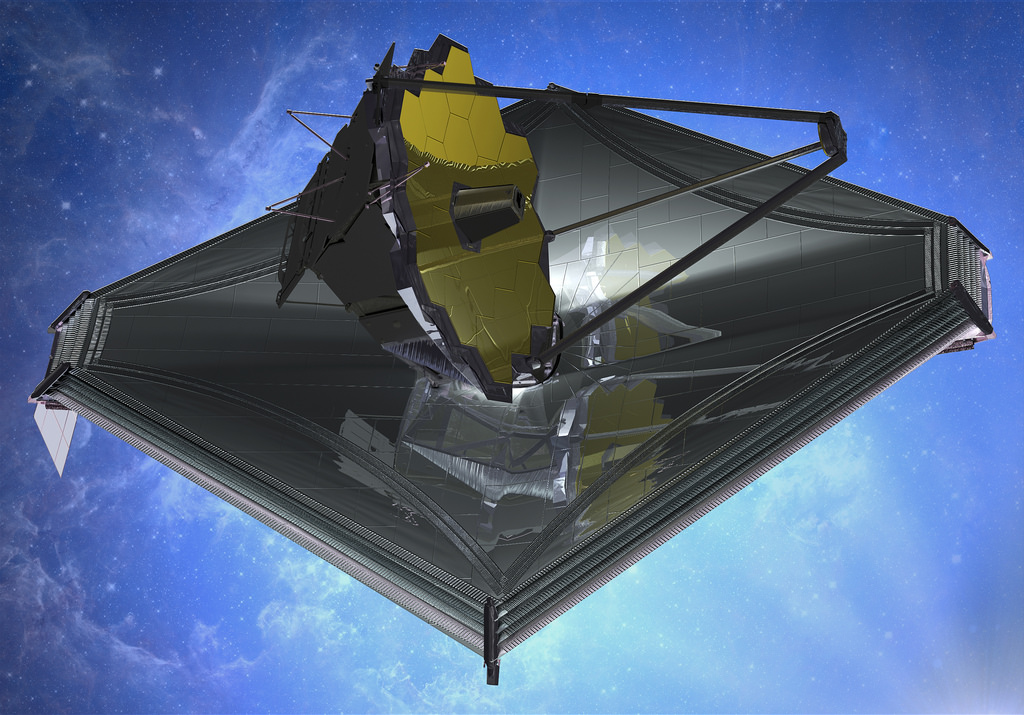
Sciences & Technology
Supermassive black holes feed on cosmic jellyfish

As the Hubble Space Telescope prepares to mark its 30th year, what can we expect from its successor, the James Webb Space Telescope?
Published 21 August 2018
The Hubble Space Telescope has revolutionised astronomy and produced images of space that have captured the public’s imagination like no other telescope. But as Hubble approaches its 30th birthday, its successor is waiting in the wings.
The James Webb Space Telescope promises to revolutionise astronomy once again - if only it can get off the ground.

Webb was initially conceived in the 1990s with a planned launch date of 2007 and a budget of US$500 million. Since then the cost has ballooned almost twenty-fold and the latest announcement, made by NASA in June, puts the planned launch back to March 2021.
So why do we need this behemoth, and why has it been so beset by problems?
Telescopes are essentially buckets for collecting light and there are two ways to collect more light: leave it open and collecting light for longer, or get a bigger bucket. The first option gave us the Hubble Ultra Deep Field which was the deepest image ever taken into the distant universe.

Sciences & Technology
Supermassive black holes feed on cosmic jellyfish
To do better than this, we need a bigger bucket. Enter the James Webb Space Telescope.
With a primary mirror spanning 6.5 metres, it has six times more collecting area than Hubble. Its larger size means it collects more light from the faintest sources, increasing its sensitivity. Webb also offers significantly improved spatial resolution, allowing it to see the fine details of distant objects.
Unlike Hubble, Webb is designed to see infrared light – light with longer wavelengths than we can see with our eyes. Much of this light is blocked by our atmosphere, necessitating observations from space, and it can reveal parts of the universe hidden from view in optical light.
One of Webb’s main goals will be to find the very first galaxies to form after the Big Bang. As the universe expands, light from galaxies is ‘redshifted’ to longer wavelengths.
In the furthest reaches of the universe, the light is shifted entirely out of the optical range of the spectrum, making these distant galaxies visible only in infrared light. Infrared light can also penetrate dust, giving us a glimpse into the dust clouds where new stars and planets are forming.
But building a telescope that can do all this is no small task.

As well as its huge mirror, Webb has a massive sunshield the size of a tennis court to keep it cool. All this has to fit into a small rocket that will propel it into space, so it will be launched while folded up like origami. After launch, a terrifying number of moving parts have to automatically assemble the telescope into its final configuration.
Another complication is that while Hubble orbits the Earth a mere 500 kilometres above the surface, Webb will live 1.5 million kilometres away at a point known as “L2.”
This is a point directly behind the Earth from the Sun’s point of view, where the gravitational forces of the Earth and Sun balance in such a way that a satellite can remain in a stable position relative to the Earth-Sun system.

Sciences & Technology
A galaxy (very) far, far away
This is ideal for Webb because it will observe in the infrared, which is what we feel as heat. It therefore needs to stay cool so it can register the radiation from faint faraway objects instead of from the Earth or Sun.
By keeping the Earth and Sun in the same direction, Webb can use a heat shield continuously pointed in that direction to keep itself cool. It also stays close enough to Earth to remain in constant communication, vital for receiving all those exciting new images.
But this faraway position presents a problem.
We’re sending the most complex telescope ever built to a destination so far away that accessing it to carry out repairs is impossible.
You may remember that when Hubble launched, a defect in its mirror caused the first images to appear blurred. Disaster was averted because astronauts were able to visit Hubble in orbit and carry out repairs. No such option will be available for Webb: it has to work first time.
Between 2011 and 2017, Webb was scheduled to launch in October 2018. On that basis, astronomers around the world had been working for years on plans for how to make best use of its capabilities.

The first call for regular observing proposals was scheduled for April this year and teams all over the world had been developing proposals for months. When the deadline was suddenly cancelled with only a week’s notice, it threw the entire field into disarray.
At a conference the following week, a colleague commented that we astronomers all seemed “strangely zombie-like” when the intense pressure of the looming deadline suddenly evaporated with no resolution.

Sciences & Technology
A quiet Sunday night discovering a supermassive black hole
As we awaited news of the revised deadline, we learned that shake tests – where the entire telescope assembly is physically shaken to simulate the effects of launch – revealed problems. Following the tests, engineers reported finding loose screws, which is cause for some alarm.
The new proposed launch date of March 2021 allows more time to carry out these tests and to rectify any issues so that Webb can launch intact and fulfil its full potential to explore the universe.
This is what makes astronomers understanding of the continued delays. Webb is incredibly complicated and will produce amazing results, but only if it works first time.
Failure, in this case, is not an option.
Banner image: Primary Mirror Segment Cryogenic Testing, Nasa’s James Webb Space Telescope/Flickr